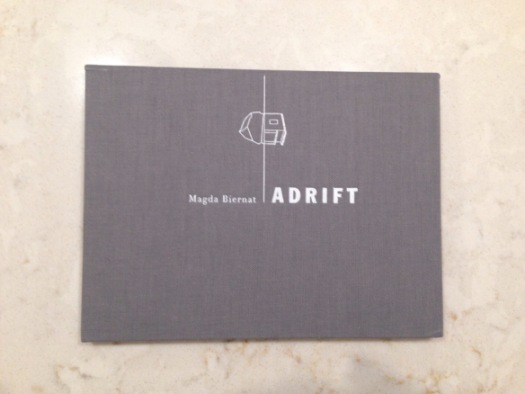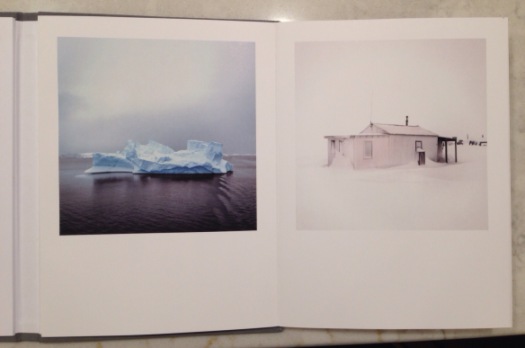I’m continuing to dig deeper into the work of some of the photographers that were part of the New Topographics exhibition curated by William Jenkins in 1975. These were a group of photographers working to find ‘beauty in the banal’, making ‘photographs of a man-altered landscape’. In many ways it’s easy to dismiss this work as having a ‘snap-shot’ aesthetic and for some of this work I really struggle to connect with it. This week’s project has been Stephen Shore. If you read his biography one of the first things that is pointed out is that he sold his first photographs at age 14 to Alfred Steiglitz and that at 24 was only the second living photographer to have a solo show at the MoMA.
His work in the New Topographics exhibition was in color whereas the other 7 photographers were shooting in black and white. It’s interesting to reflect on the fact that at that time in the early ’70’s shooting in color was not what you did if you wanted to be taken seriously as an artist. Color was okay for magazines but not for ‘art’. Perhaps this further adds to the sense of these photographs being snapshots. In looking over this work and some of the subsequent work that arose out of these early projects I can’t help but think that this would be a great instagram feed and indeed you can find Stephen Shore on Instagram although I was surprised to find that I don’t connect with these photographs in the way that I do with the images in his books.
I often feel like I’m missing the joke when I look at contemporary photography and so it’s been useful for me to listen to Shore talk about his work in the videos below and lift the veil, at least a little.
Stephen Shore American Surfaces from Spike Productions on Vimeo.
Stephen Shore Uncommon Places from Spike Productions on Vimeo.
Stephen Shore in Conversation with Peter Schjeldahl from Aperture Foundation on Vimeo.










